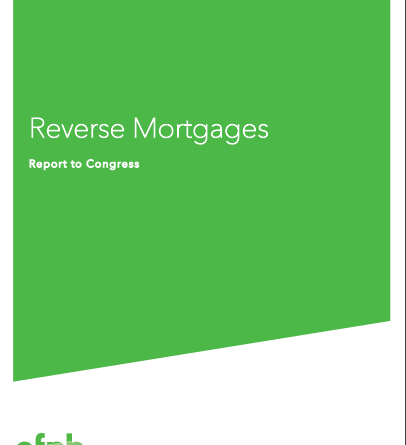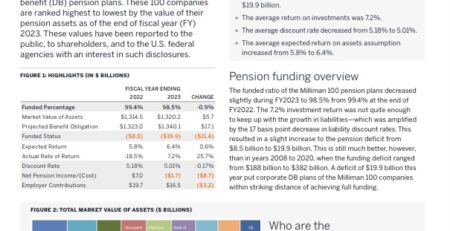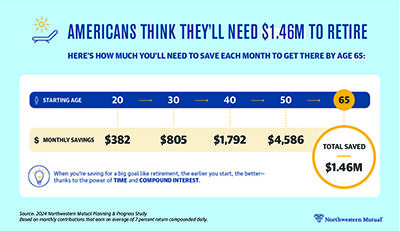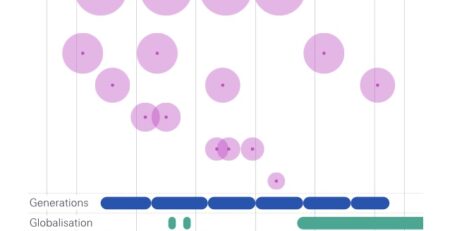Reverse Mortgages
By Consumer Financial Protection Bureau
A reverse mortgage is a special type of home loan for older homeowners that requires no monthly mortgage payments. Borrowers are still responsible for property taxes and homeowner’s insurance. Reverse mortgages allow seniors to access the equity they have built up in their homes now, and defer payment of the loan until they die, sell, or move out of the home. Because there are no required mortgage payments on a reverse mortgage, the interest is added to the loan balance each month. The rising loan balance can eventually grow to exceed the value of the home, particularly in times of declining home values or if the borrower continues to live in the home for many years. However, the borrower (or the borrower’s estate) is generally not required to repay any additional loan balance in excess of the value of the home. For most Americans, their home is the single largest asset they own. In 2009, half of homeowners age 62 and older had at least 55 percent of their net worth tied up in home equity.1 Home equity is accumulated over a lifetime of mortgage payments and house-price appreciation, but generally cannot be accessed without selling the home or taking out a loan. Reverse mortgages enable older homeowners to use that home equity to enjoy a more comfortable retirement without selling their home. Reverse mortgages are not the only option for accessing home equity without selling the home, however. Traditional home equity loans and home equity lines of credit (HELOCs) are possibilities. Reverse mortgages offer a different set of benefits, costs, and risks to the borrower than home equity loans or HELOCs. Reverse mortgages generally are easier to qualify for than home equity loans or HELOCs, which require adequate income and credit scores. Reverse mortgages do not require monthly mortgage payments and offer several important financial protections, but they have higher costs. Home equity loans and HELOCs have required monthly payments and offer fewer financial protections for the borrower, but they have lower costs.
Get the book here
198 views










